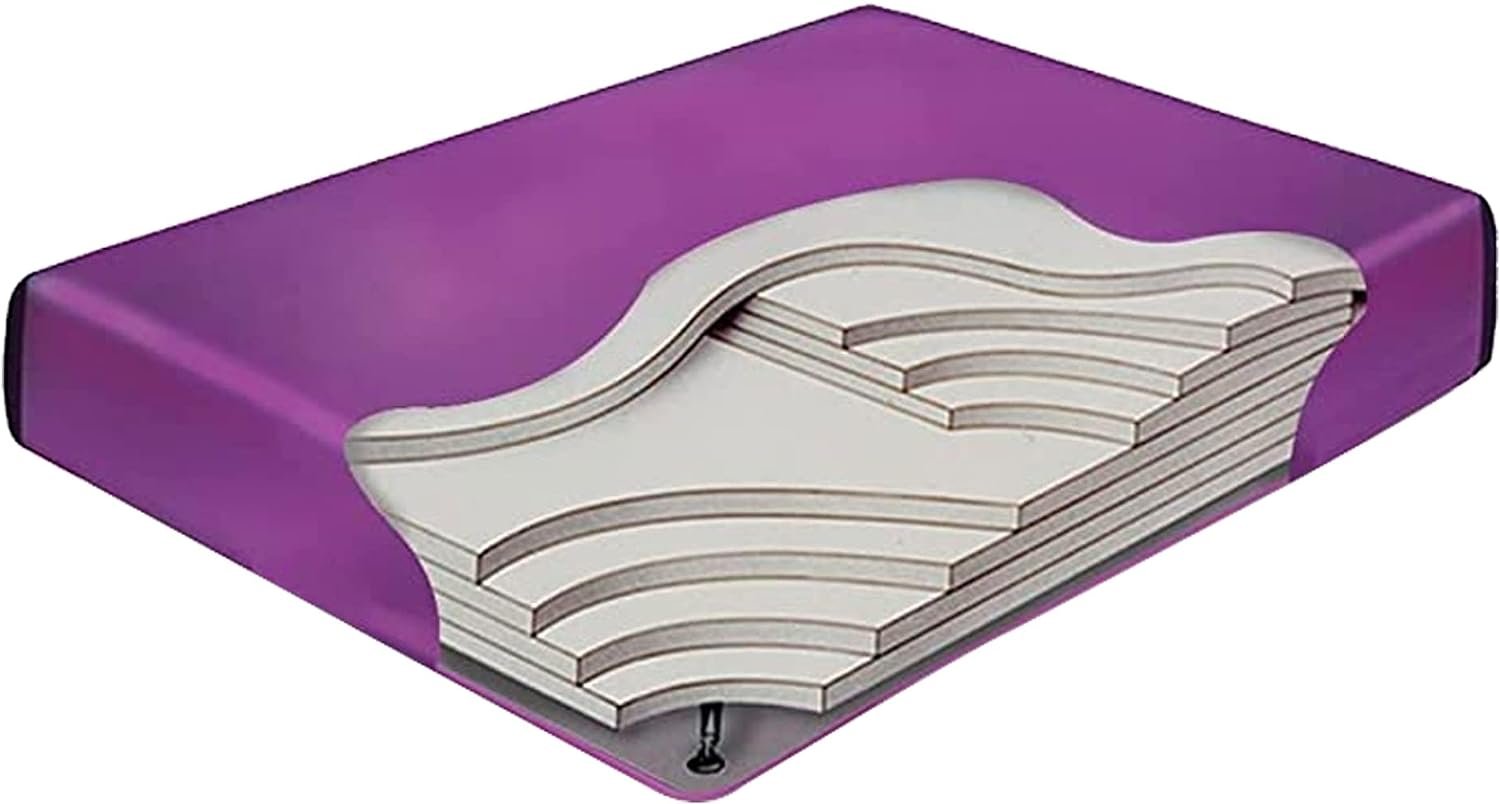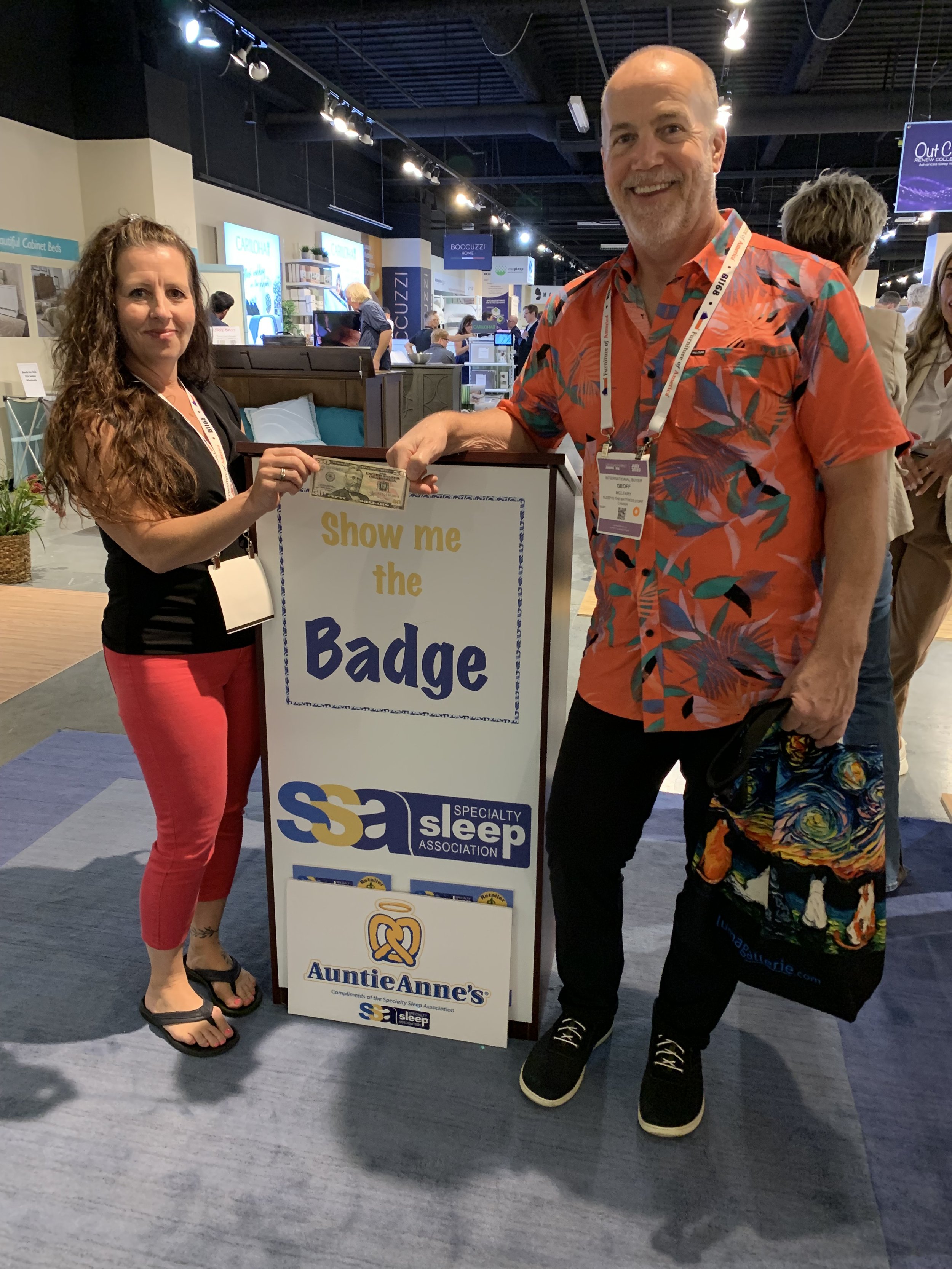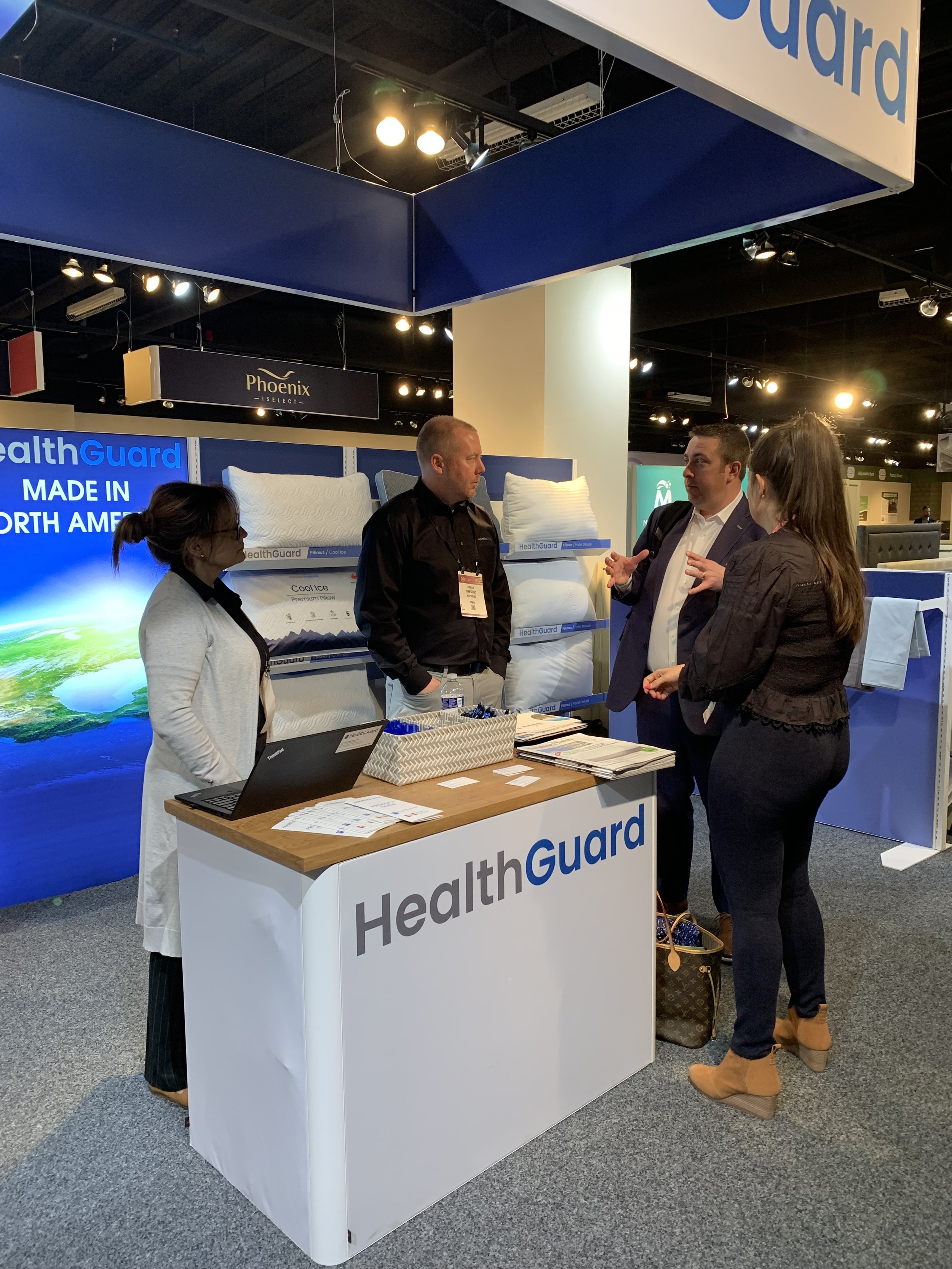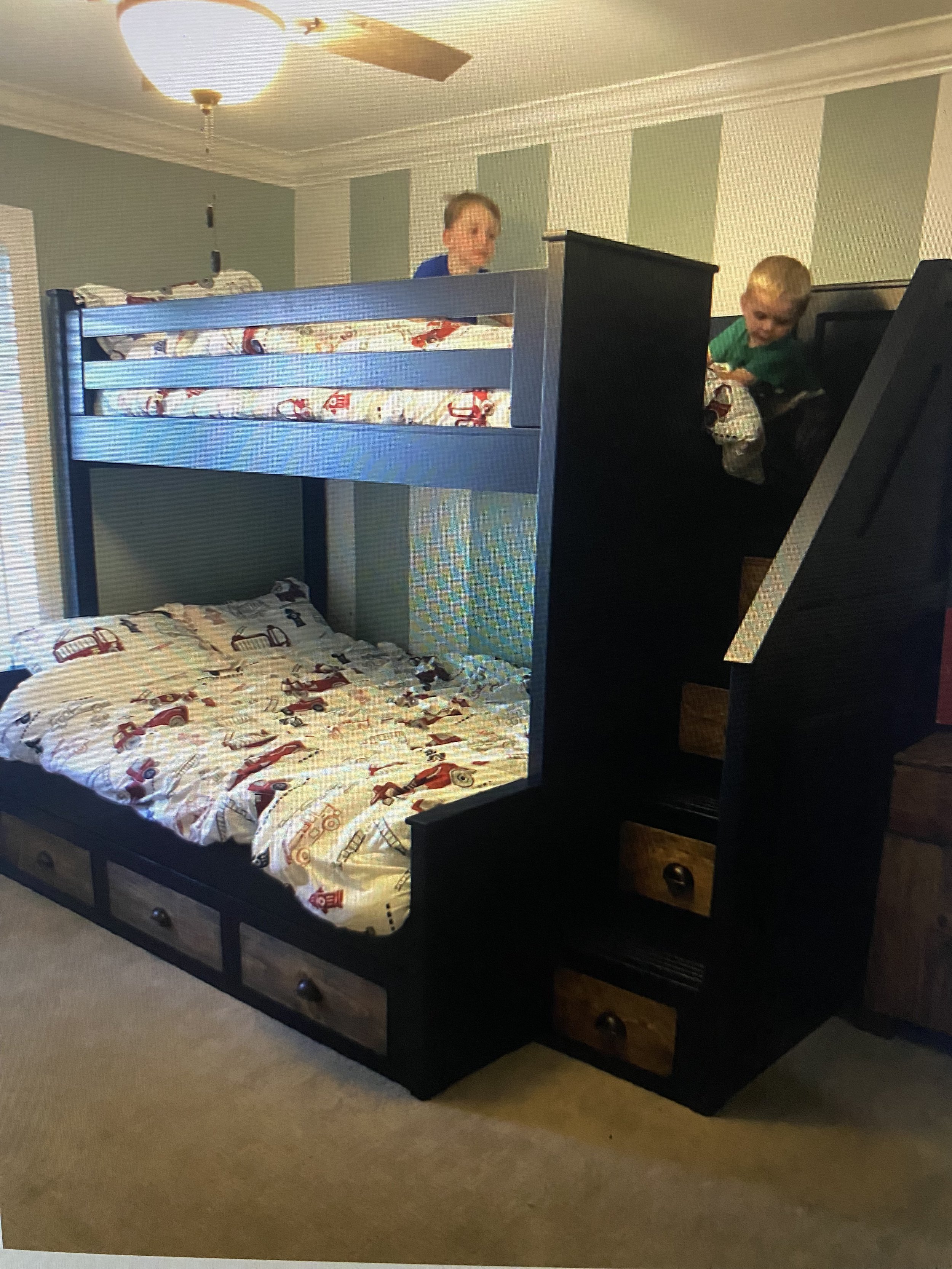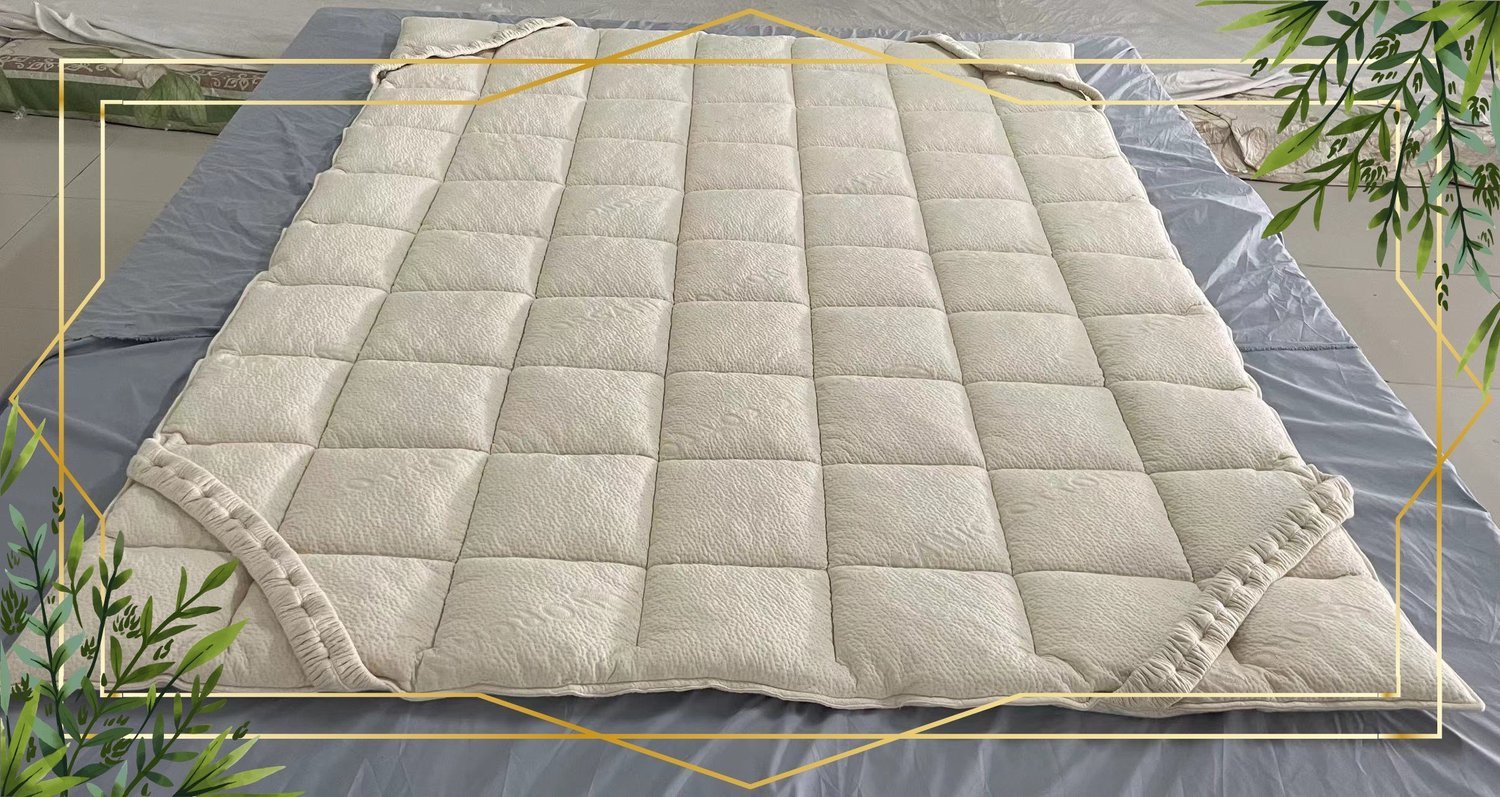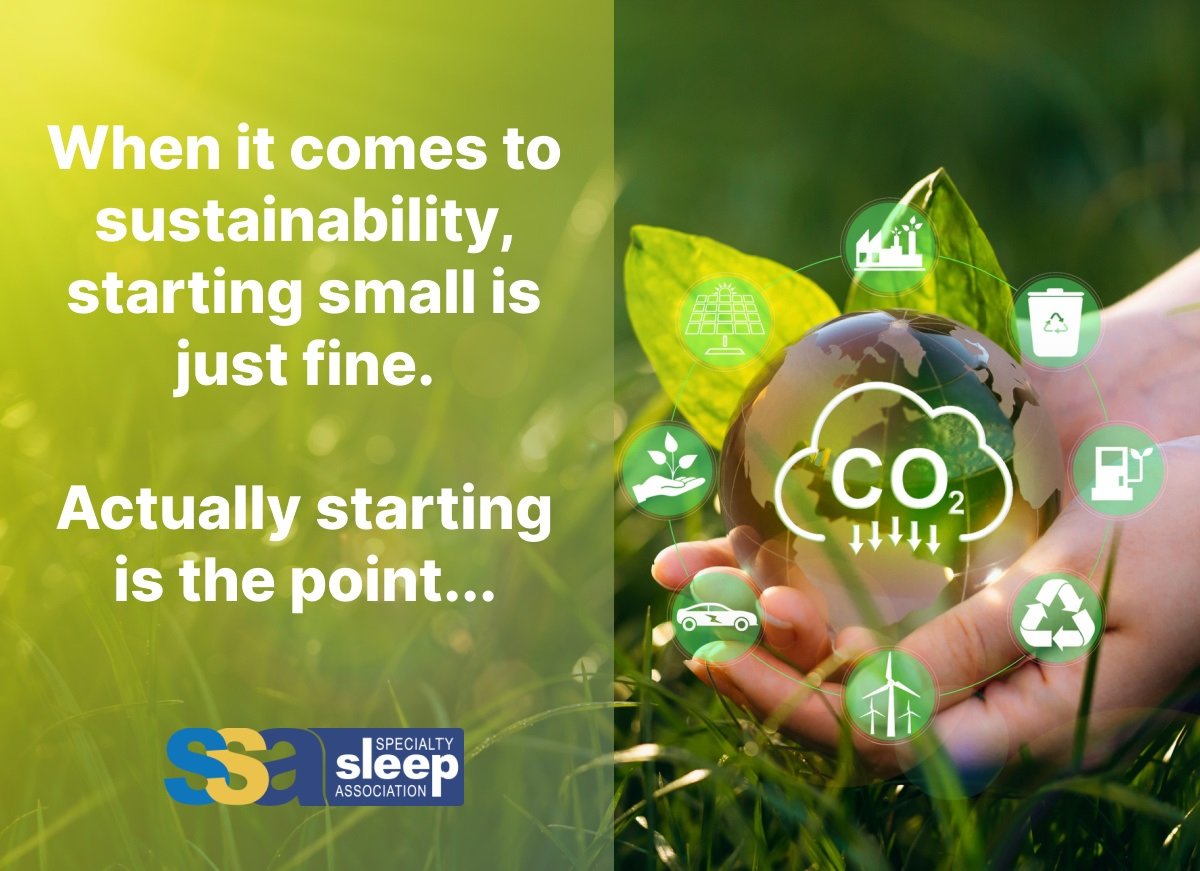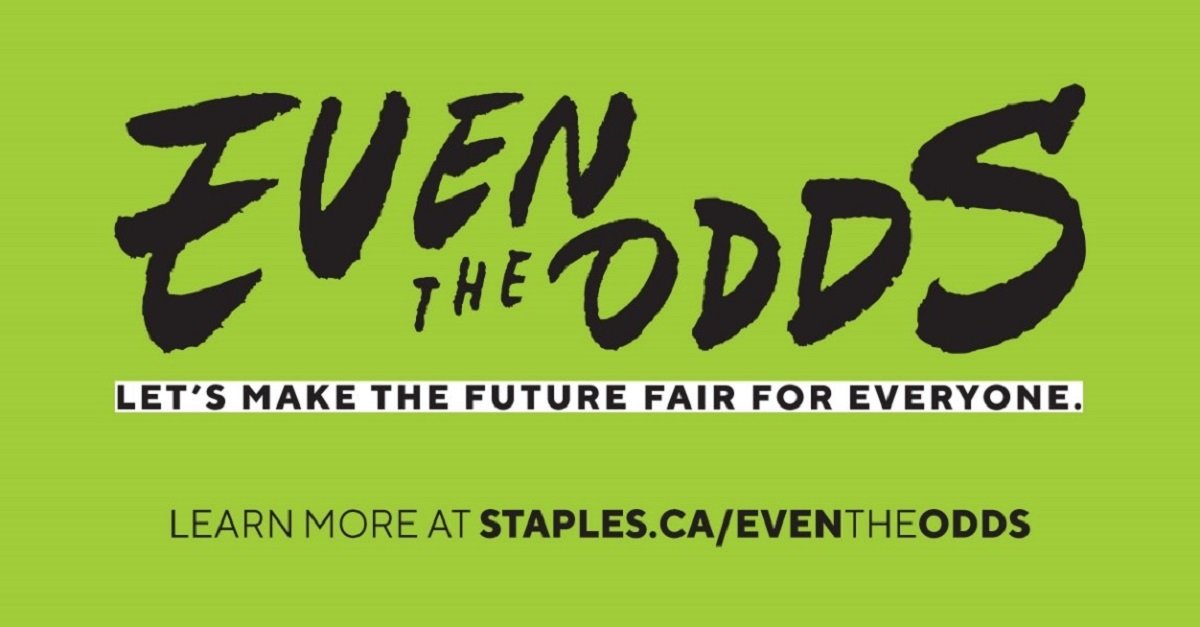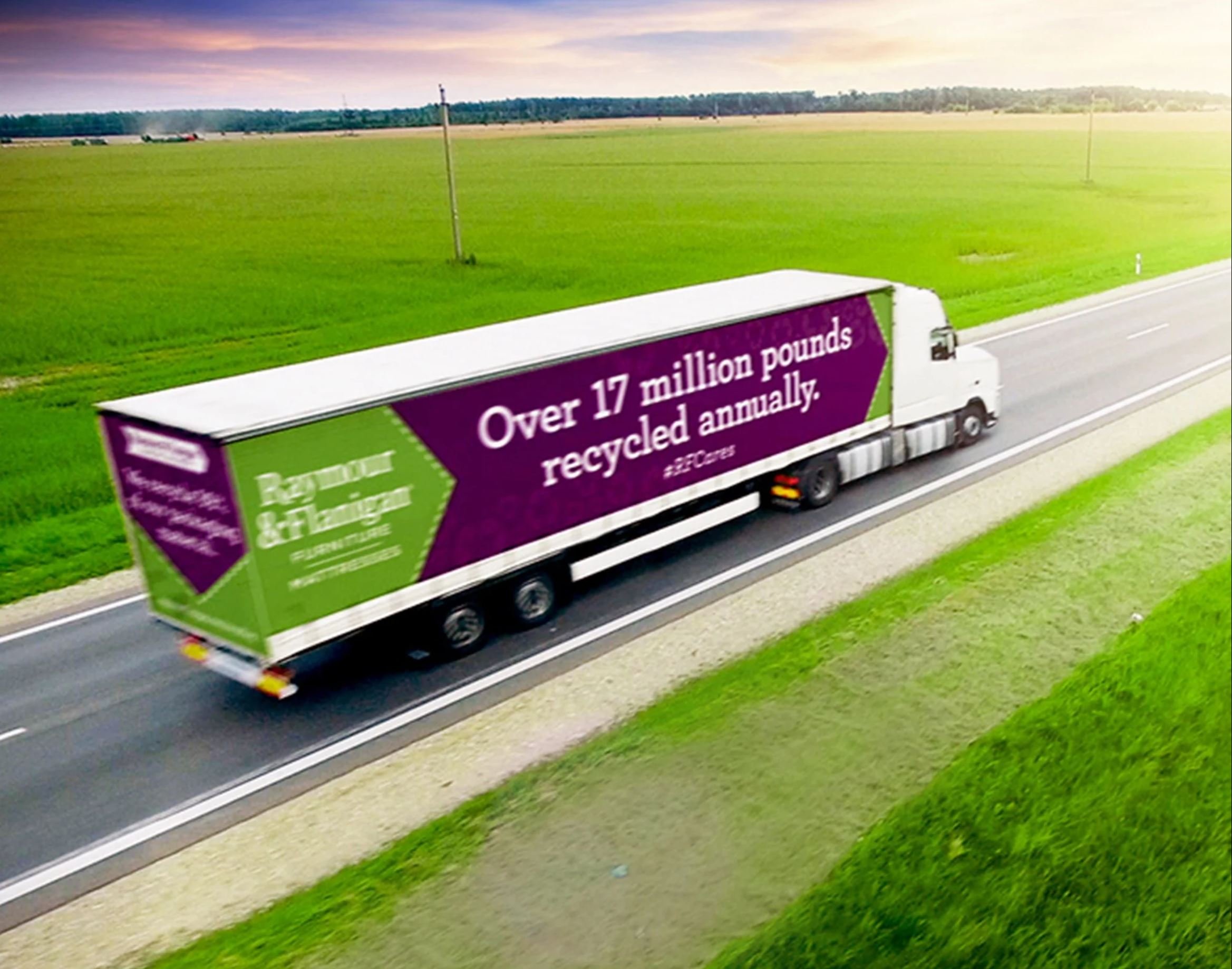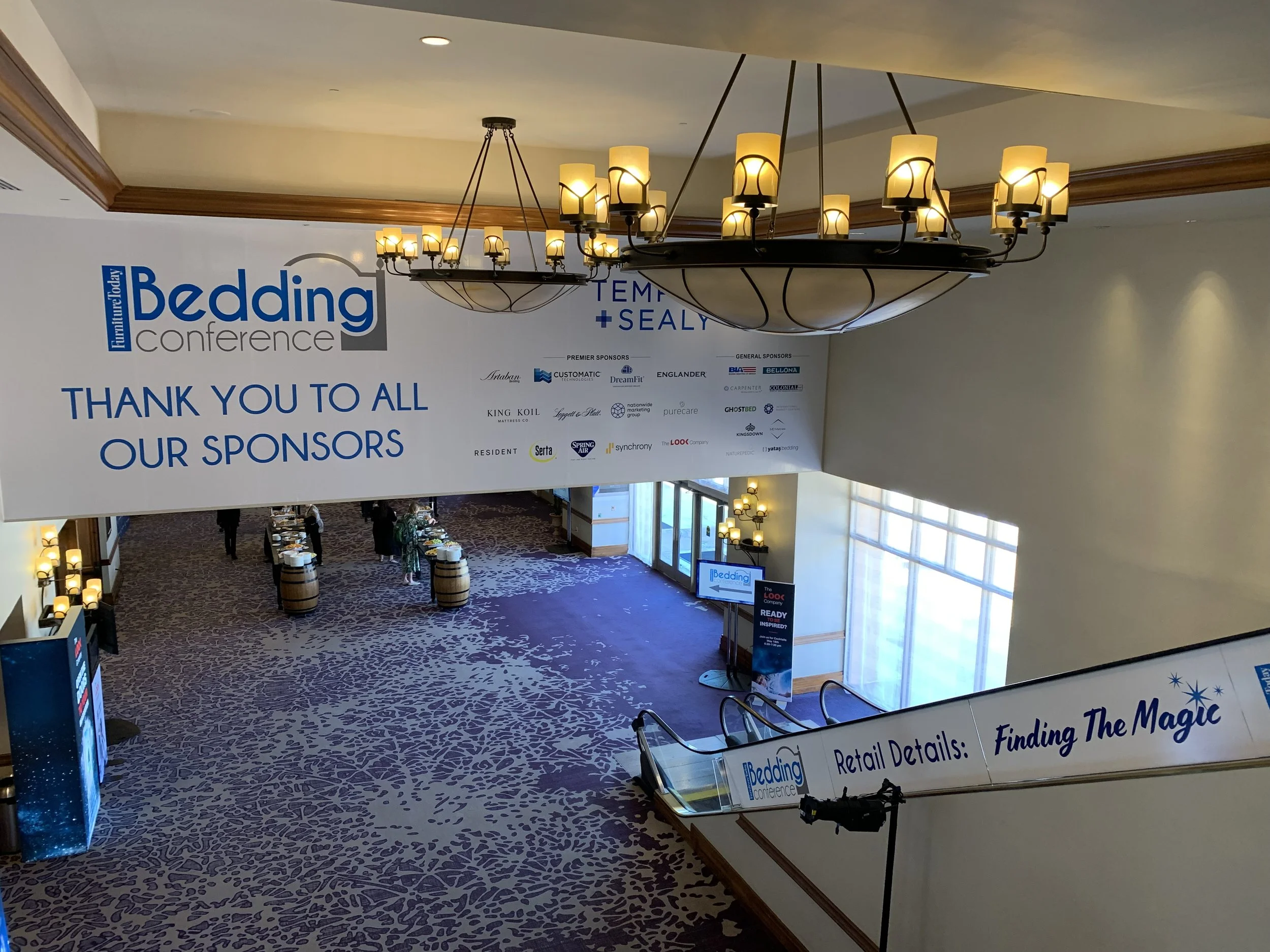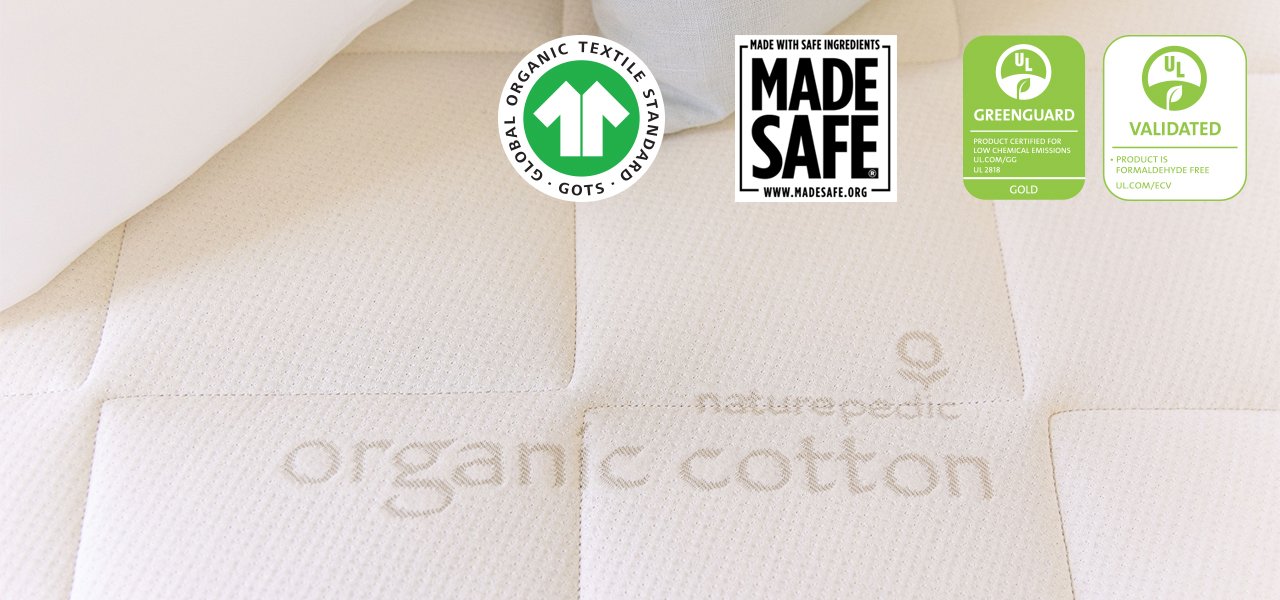THE SONU STORY
SONU was founded by business partners and friends, Stason Strong and Brad Hall. Stason is an engineer, inventor and serial entrepreneur with a meticulous eye for design, while Brad Hall is a CEO and business guru with a background in the medical field and a talented mind for efficiency. The two, with their complementary skill sets, have formed multiple successful businesses together, and both have always taken note of their quality of sleep and the immediate effects it has on their creativity, productivity and overall performance during the business day, as well as their general happiness, liveliness and physical health. Stason and Brad determined that in order to more thoroughly conquer all of their goals, they needed to attain consistent and fully rejuvenating, top quality sleep.
Many factors go into the quality and effectiveness of a night’s rest - comfort, temperature, noise and stress levels all play large rolls in a sleeper’s abilities the following day. As noise and stress levels are only solved on a case-by-case basis, the founders set their sights on extreme physical comfort by researching the reasons most sleepers never attain motionless slumber with an optimal sleeping position that lasts through the night. The problem has quite literally been right under us the entire time - the traditional flat mattress.
The mattress, in one form or another, has been around since the start of human history – created first by our early ancestors gathering “bedding” tens of thousands of years ago, and slowly improved on ever since, including the elevated sleeping structures of the ancient Egyptians and Romans, the ornate straw filled furniture of the Renaissance, and the factory-produced beds in the wake of the Industrial Revolution. Since the introduction of coil spring technology in the 1870s, the mattress has not changed much; even to present day. Materials are constantly updated, accompanied by claims of newfound comfort, but the mattress has always been just a spongy flat rectangle… until now.
“The world has been sleeping on flat beds for centuries,
but the human body is not flat...”
After much research, countless development iterations and thorough testing, Stason and Brad have pinpointed the problems with the traditional flat mattress design... and solved them. The SONU Sleep System was born. Never before have sleepers been able to fully immerse into the mattress. The patented Comfort Channel and layered Support Pillow system allow for the full range of motion of shoulders and arms within the bed, not just on top. Molding to the sleeper’s unique shape and desired position, the system greatly reduces pressures that have long thought to be unavoidable. Couples enjoy sleeping and embracing without undesirable pressure on arms caused by traditional mattresses. Side-sleepers benefit from not needing to roll-over to relieve pressure on arms and shoulders constantly, resulting in sound sleep throughout the night. Joint and muscle pain, chronic discomfort and injuries in the neck, arms, shoulders and chest can be greatly reduced by SONU's unique immersive support system. The sides of the Comfort Channel also act as hand supports when holding a device or book, reducing hand and wrist tension when reading and watching. Sleepers who snore on their backs can finally roll to the side to help alleviate snoring without the discomfort traditionally experienced. The founders identified each of these goals and created the SONU Sleep System to address them all.
“It is now time for a change.”
The name “SONU” was derived from the word “sono” which means “slumber” in Portuguese. While Stason was in Brazil in 2014, he first came up with the idea of a bed that allows sleepers’ limbs to immerse into the mattress to alleviate discomfort and elevate quality of rest. Years later, after teaming up and perfecting the design, Stason and Brad named the company “SONU", commemorating the location of the idea’s first inception, with the root word in Portuguese, while swapping in the letter “U” to create their own unique ending to symbolize the shape of the company’s patented Comfort Channel.
The founders and the entire team here at SONU now invite you to experience an entirely new world of relieving rest and satisfying comfort. It is finally time to sleep like never before...
Introducing the world's first mattress designed for side sleepers. Finally allow your arms to rest where they're meant to, so you can get the best sleep of your life. The patented Comfort Channel and Support Pillow system molds to each sleeper’s desired position, greatly reducing pressures that are unavoidable with all other mattresses. The result is a truly unique level of comfort and unforgettable sleeping experience.
What’s Included
100 Night Trial: Try out a SONU risk-free at home. We're certain you'll be in awe when you immerse yourself in comfort, but if somehow you're not, we'll come and get it and give you a refund. For details visit the 100 Night Trial page.
SONU Sheet Set: Every SONU comes with a set of custom white sheets and pillowcases designed to fit the Support Pillows and Comfort Channel of your new mattress.
The Patented SONU Comfort Channel: The only mattress that allows your arms and shoulders to fully immerse into the bed, made possible by the Comfort Channel.
The Support Pillows: Each SONU Sleep System comes with 4 support pillows that fill the Comfort Channel (2 for Twin XL). On top of these support pillows, at least one top pillow per sleeper is required. We recommend the SONU Top Pillow Deluxe as it is designed to work with the system.
Premium Materials: At 14 inches deep and constructed from 26 pieces of premium high-resilience CertiPUR-US® certified environmentally friendly foams, the SONU is durable and built to provide ideal support in all the right places.
Sink-In Support System: Enjoy full range of motion below the surface, while leveling the spine to enable a satisfyingly balanced comfort impossible to achieve on any other mattress.
Adjustable Head & Neck Layers: Change the resting height of your head to perfectly level your neck while side-sleeping. Laterally malleable pillows allow consistent vertical support while accommodating relaxing space for shoulders and arms.
Channel Waterfall: Soft cover material flows seamlessly down into the Comfort Channel, ensuring all surfaces touched while sleeping are free of fabric joins to allow for an all-encompassing smooth experience.
10 Year Warranty: Built in the U.S.A. to last, we guarantee the top-quality materials and construction of every SONU.
Free Shipping: Your order includes shipping to anywhere within the continental U.S.
* Extra charge to ship to Alaska and Hawaii.
Every Side Sleeper's Dream
Prepare for comfort you never thought possible. The SONU Sleep System reduces pressures in a way that will rejuvenate you every night. No other mattress even comes close.
Fall Asleep Faster
The SONU's patented Comfort Channel can greatly reduce tensions in your arms, neck and chest, helping you fall asleep faster.
Comfort for Couples
The multiple layers of the SONU Support Pillows allow couples to embrace with minimal arm and shoulder pressure.
Enjoy Deeper Sleep
The SONU's Sink-In Support System allows for better breathing and less arm pressure, reducing the need to wake up and roll over.
Ergonomic Support
The sides of the Comfort Channel also act as hand supports when holding a device or book, reducing hand and wrist tension when reading and watching.
Explore The Innovations Unique To SONU
The Comfort Channel
Never before has a mattress enabled sleepers to fully immerse into the bed. The patented Comfort Channel of the SONU Sleep System allows for the full range of motion of the shoulder and arms within the mattress, not just on top. Side-sleepers benefit from not needing to roll-over to relieve pressure on arms and shoulders constantly, resulting in sound sleep throughout the night. This is enabled by the Comfort Channel’s 10 inch deep negative space and it’s complimentary Support Pillows that have been engineered to perfectly support the sleeper’s upper torso while relieving pressure on the limbs.
The Support Pillows
The patented Support Pillows of the SONU Sleep System are the key to the unique immersive support system. Each SONU has a stack of two layers of Support Pillows, totaling four pillows for King and Queen sizes, and two for Twin XL. Within each Support Pillow are individual layers particularly engineered to allow the pillow to be laterally malleable while maintaining ideal vertical support. The Support Pillows are designed for a head pillow to be placed on top of them for optimal head support, while allowing room in the Comfort Channel for a sleeper’s limbs, enabling the perfectly supported sleeping position.
Sink-In Support
The SONU Sleep System is designed to align the spine while side-sleeping, enabling reduced tensions, better breathing and sound sleep throughout the night. This feat is accomplished by allowing the shoulders to immerse into the Comfort Channel, leveling the vertebrae in the neck, while supporting the upper torso, leveling the vertebrae in the upper back, and finally, allowing the hips to sink in, leveling the vertebrae in the lower back. When in a back or stomach sleeping position, the system also conforms to maintain a level surface for optimal support, as it has been specifically engineered to provide this unique Sink-In Support, only available with a SONU.
Channel Support System
The Comfort Channel is made up of three outer walls that attach to the foundation layer and main body of the bed. This structure creates the optimal shape of negative space needed to allow the sleeper’s limbs to fully immerse below the surface. The properties of this structure have been designed to support the lateral pressures required by the Support Pillows to maintain ideal vertical support needed for the upper torso while allowing full range of motion within the bed. The side structures also act as hand supports when holding a device or book, reducing hand and wrist tension when reading and watching.
Upper Torso Relief
In order to achieve the unique level of comfort provided by The SONU Sleep System, many engineering obstacles were overcome that set it apart from all other mattresses. One of these obstacles was to allow the system to be able to support the upper torso of a sleeper, most commonly the heaviest part of the human body, all while allowing the shoulders and arms to immerse into the bed, dramatically reducing the weight normally required by these areas to support the upper torso. The gradating levels of support within the SONU have been engineered to accomplish this goal precisely, resulting in a truly unique level of comfort and unforgettable sleeping experience.
Cooling Layers
A 2 inch thick layer of plush cooling material covers the entire top surface of the SONU. This cooling topper allows for the different support sections to be blended seamlessly into one, providing the proper support under the upper torso while allowing the hips to sink to align the spine, all while staying comfortably soft and cool to the touch. This material is also present at the base of the Comfort Channel and in the outer layers of the Support Pillows, enabling a matching experience of comfort and cooling for all parts of the sleeper’s body that touch any surface of SONU.
The Cover
As with all elements of the SONU Sleep System, the outer cover is both unique in its form and function. Its material is particularly stretchy to accommodate for any extra space required by immersed shoulders and arms, as it covers the entire unique shape of the mattress, including into the base of the Comfort Channel and outer cases of the Support Pillows. The top edge of the Comfort Channel, where the sleeper’s upper torso rests, has been designed to ‘waterfall’ into the negative space, eliminating all seams and any possible discomfort in this critical area. The cover material is durable and long-lasting, while being incredibly soft, smooth and cool to the touch. French seams and double stitching frame the signature encircling stripe, while complimenting the custom dual tones and timeless diamond stitching that swathes the entire SONU.
Made In The U.S.A.
The SONU Sleep System was designed and developed in California, and is manufactured only in the United States
- made with the highest quality materials and attention to detail for our loyal customers.
* The SONU Sheets are an imported product. All other SONU products are made in the United States.





















